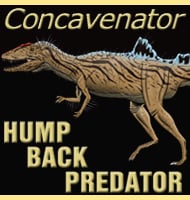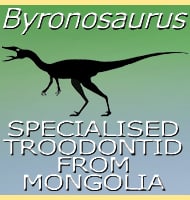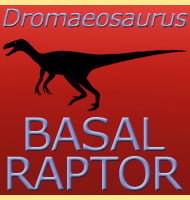Concavenator
In Depth Concavenator is certainly different from the other known theropod dinosaurs that came before it. Its most striking feature is the protrusion above its hips that is caused by the extension of two presacral vertebrae. Its speculated that these vertebrae would have supported either a sail or hump structure. Theories as to its purpose … Read more



